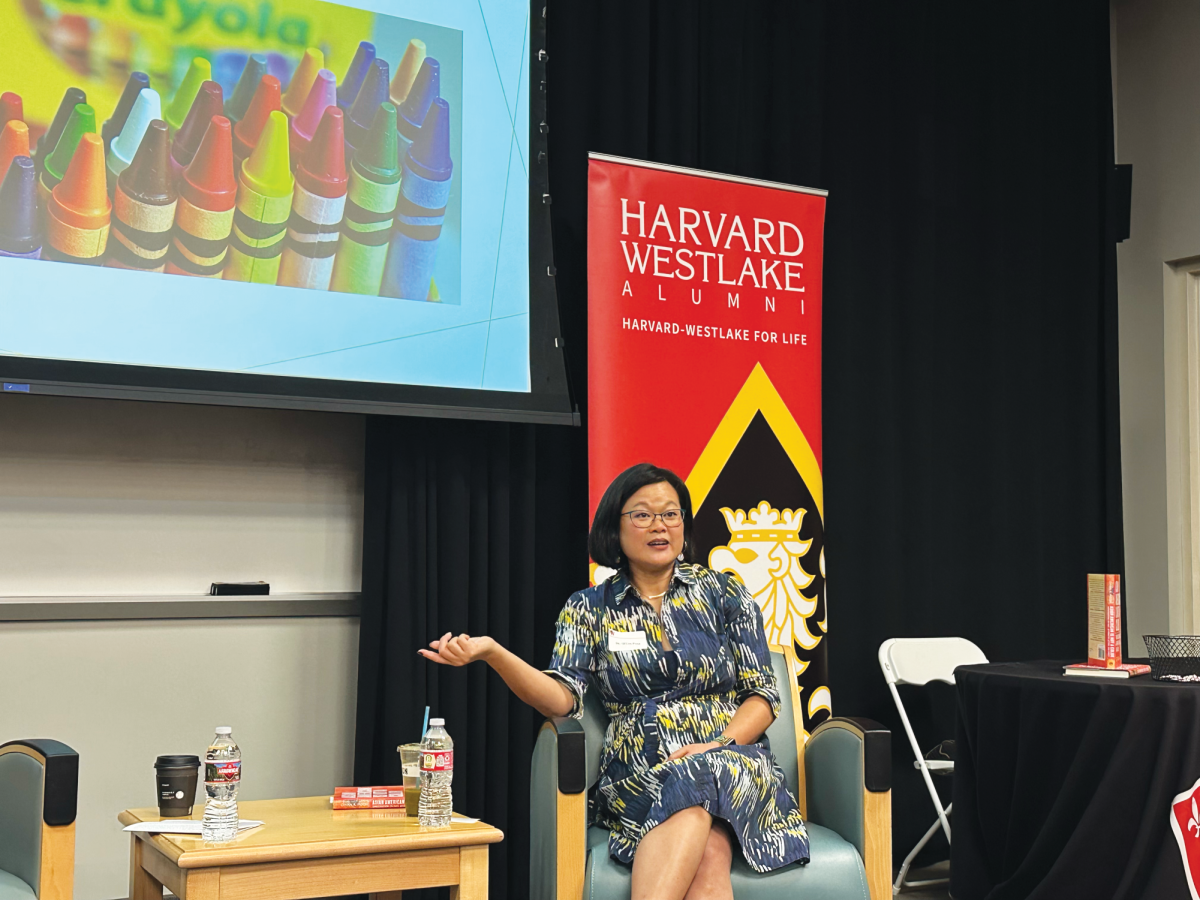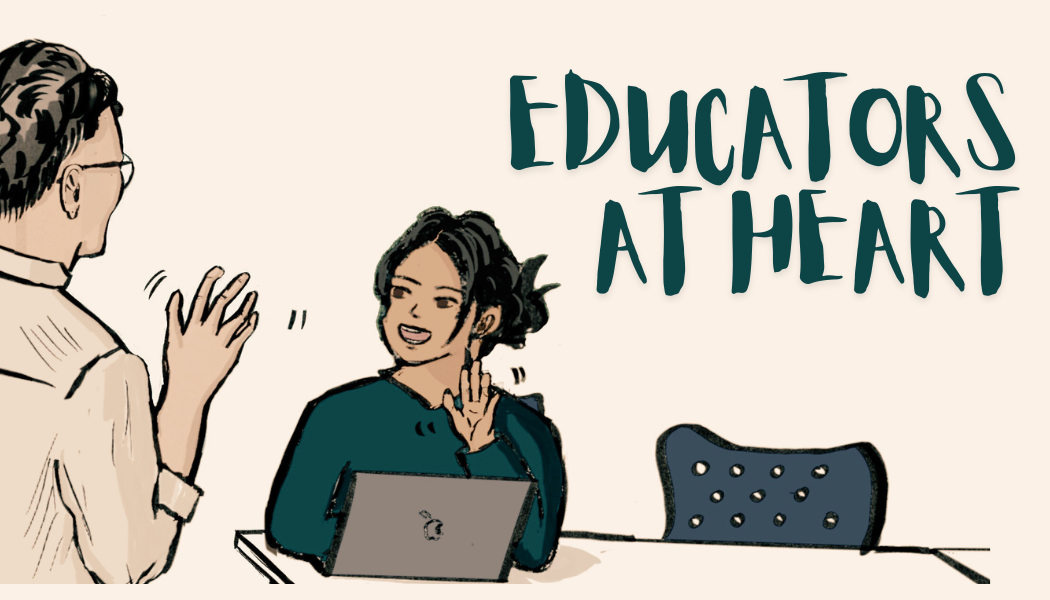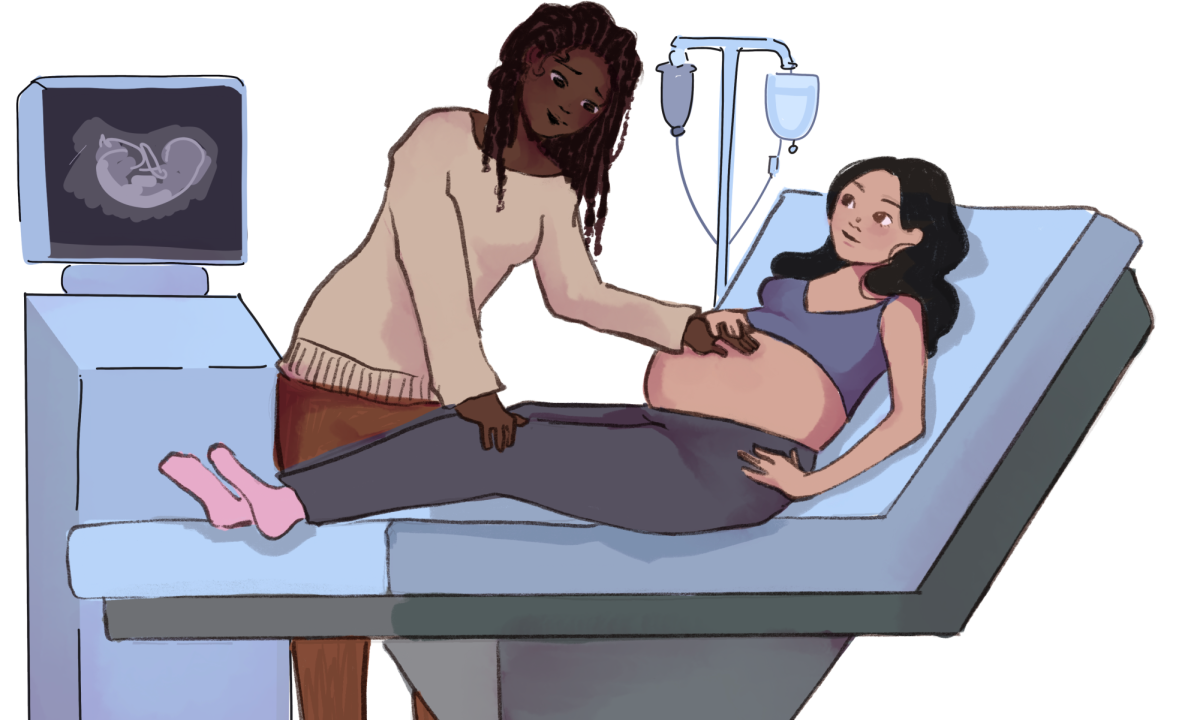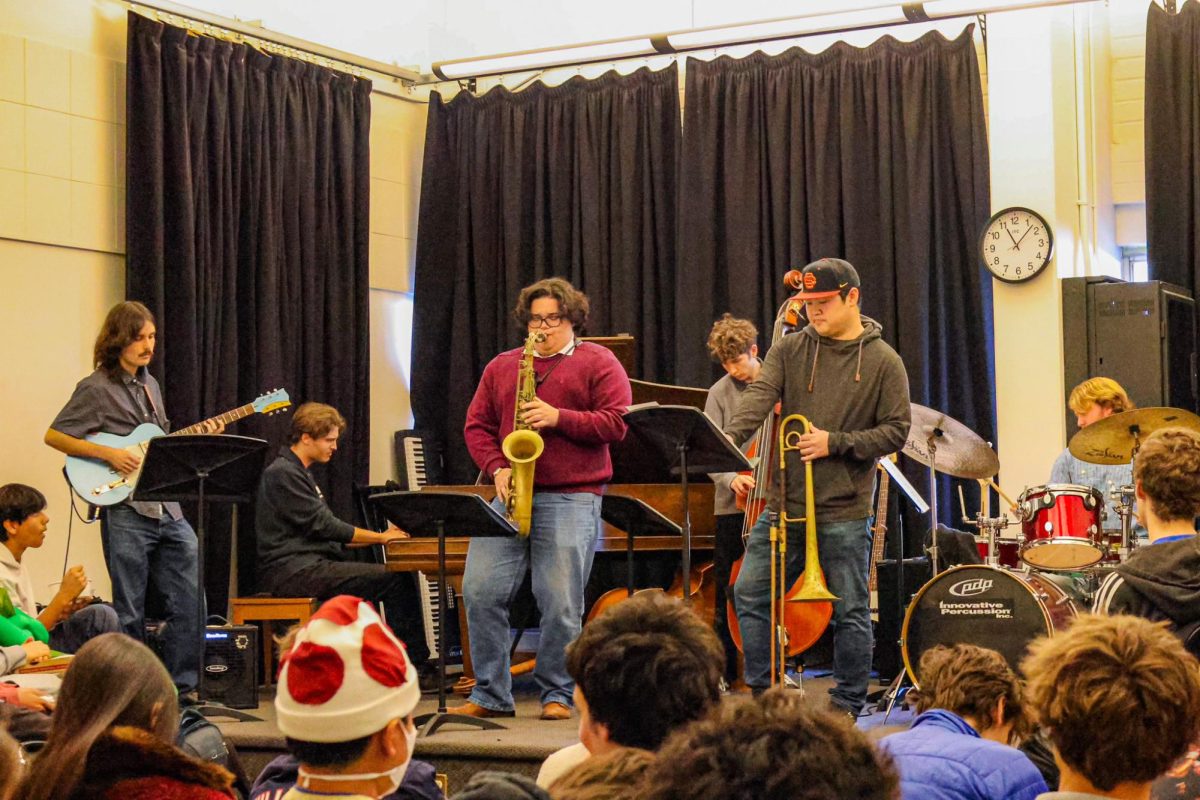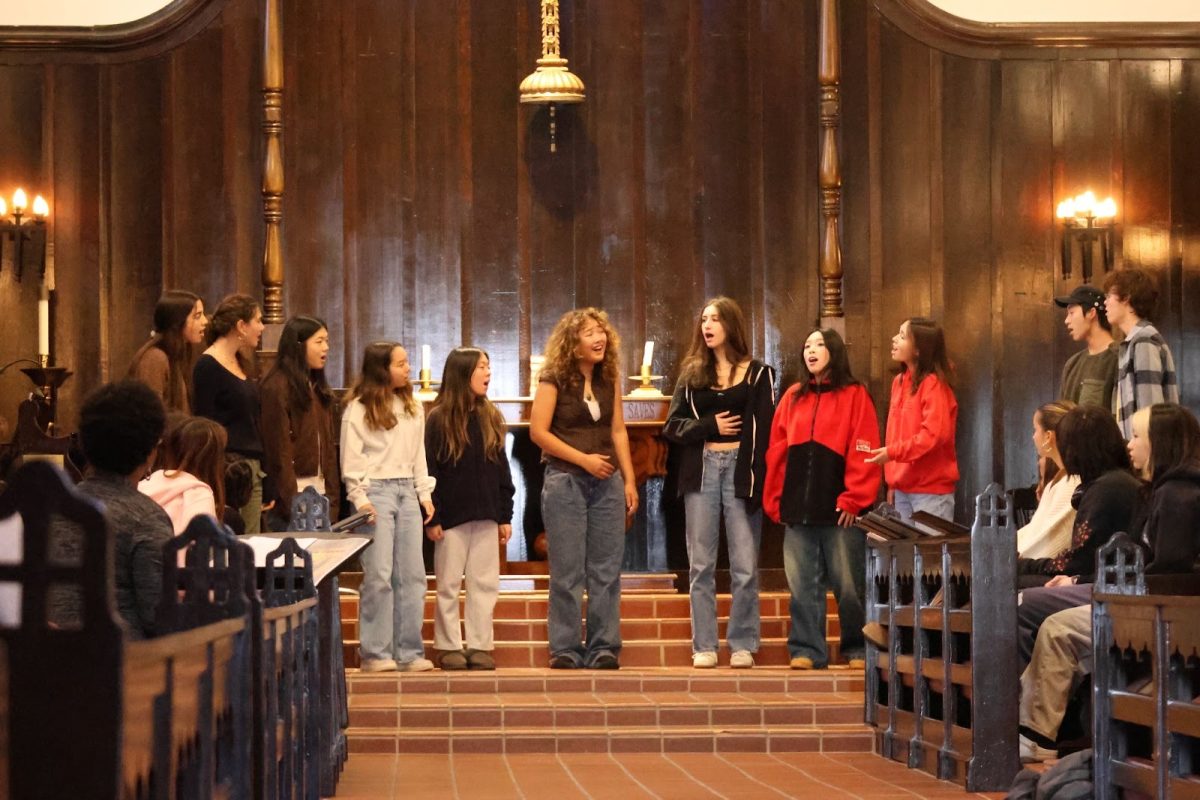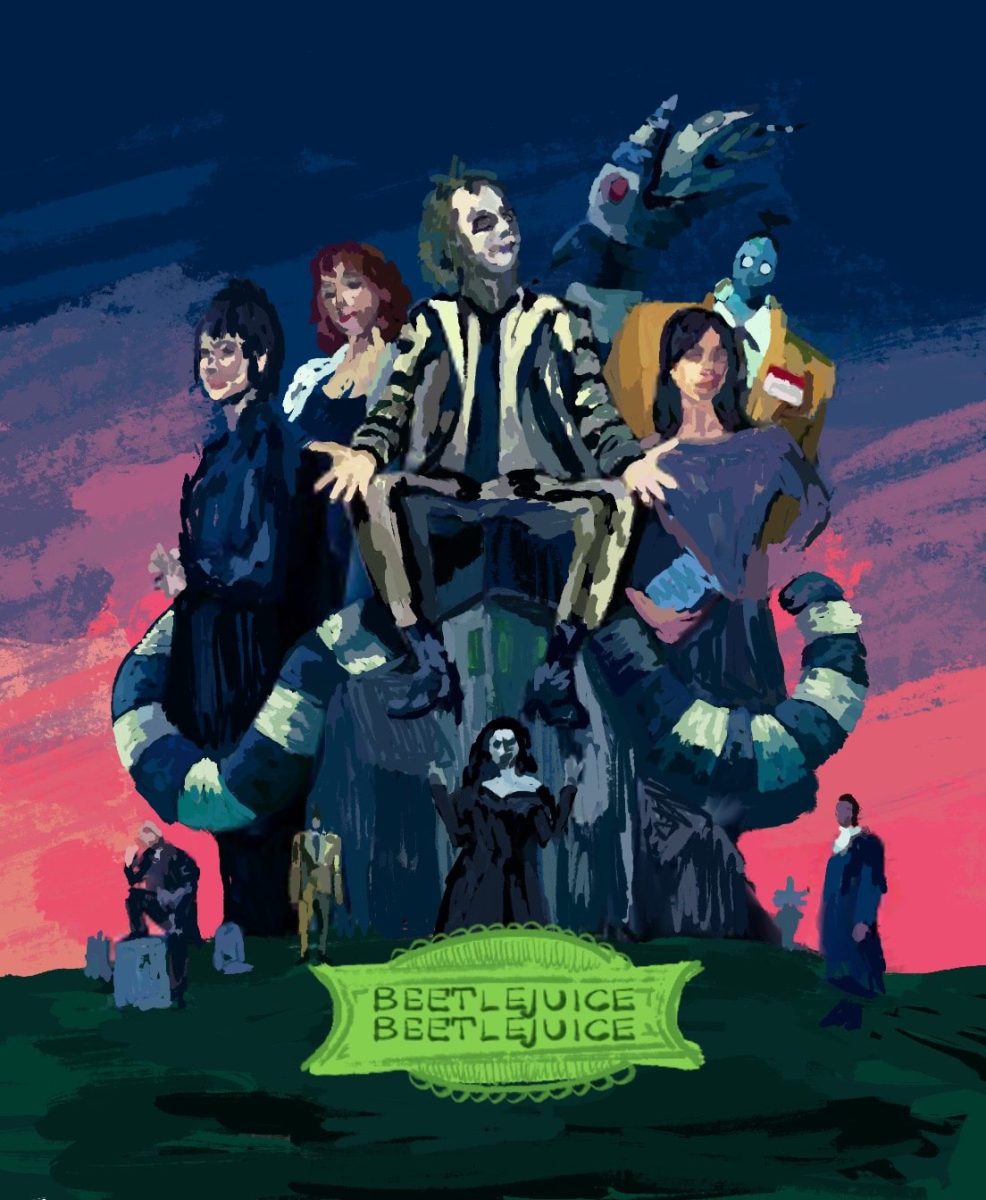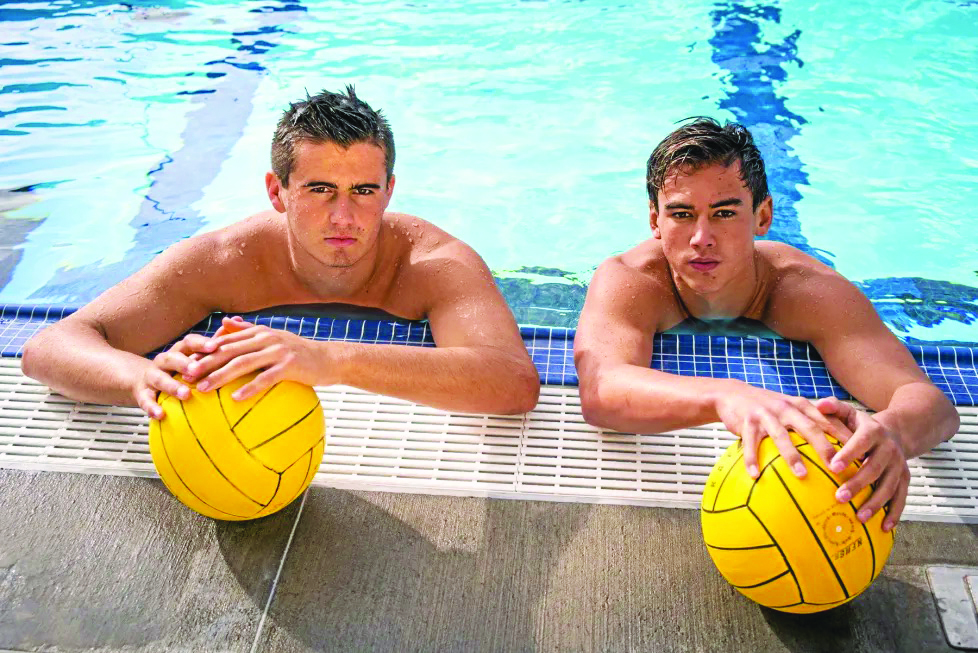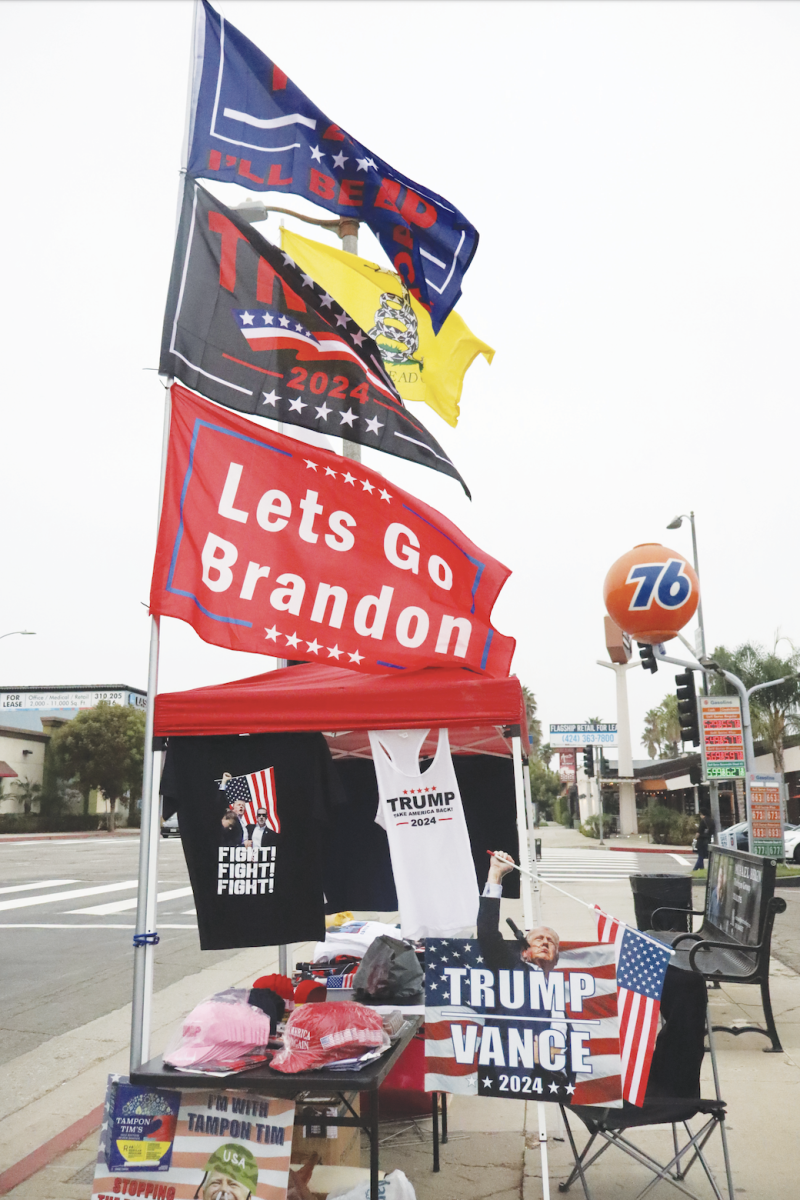By Cary Volpert
Benjamin Uy â07 was a finalist for the Siemens Competition award, before losing Saturday at Stanford University.
By advancing past the semifinals, Uy has advanced farther than any other previous Harvard-Westlake student.
The award is given exclusively to high school students in Advancement Placement classes who demonstrate particular strength in the fields of science and technology.
The Siemens Competition award, formally known as the Siemens-Westinghouse award, was created to endorse advanced educational activity and recognize the most talented of Americaâs scientific youth comunity.Â
In Uyâs project titled, âThe Role of Zic1 Transcription Factor in Neural Crest Development in Lamprey,â he analyzes and compares specific genes between that of a lamprey, which is a jawless fish-like eel, and vertebrates such as frogs.
The purpose of the project was to analyze how molecular mechanisms in neural crests, a group of germ layers, evolve.
The process for winning the award is split up into different stages. Initially Uy had to submit a paper on his research to the Siemens Foundation in hope of being selected as one of the top 300 papers submitted. Then, five finalists from various regions were chosen.Â
Last week, Uy was one of five finalists the west coast. He was competing with four other students from Nevada, Hawaii, Oregon and one other from California.
Hinden said that Uy and the other contestants in the competition gave a formal presentation before 12 Stanford Professors, including a Nobel laureate, who then questioned Uy and the other participants separately.
Eventually, Uy lost to competitor Dmitry Vaintrob whose work was entitled âThe String Topology BV Algebra, Hochschild Cohomology and the Goldman Bracket of Loops on Surfaces.â
Hinden said that he was âextremely proudâ of Uyâs research work and the fact that he made it so far is a testament to his being part of a select group of young scientists.
Uy said that Hinden helped him along the way and that he has been his mentor throughout the competition.
In previous years, other students including Remy Greeno â06 advanced to the semifinals.

